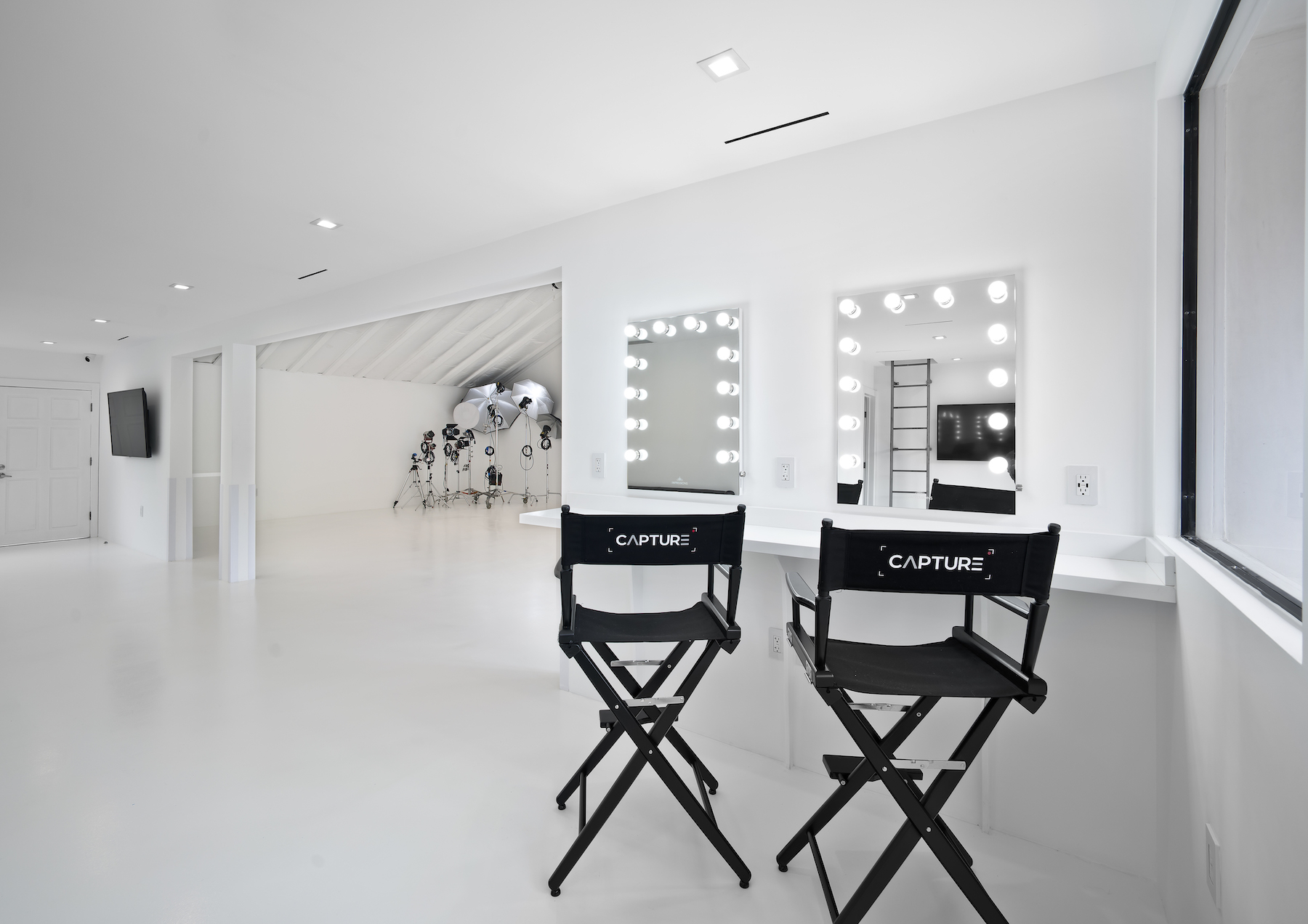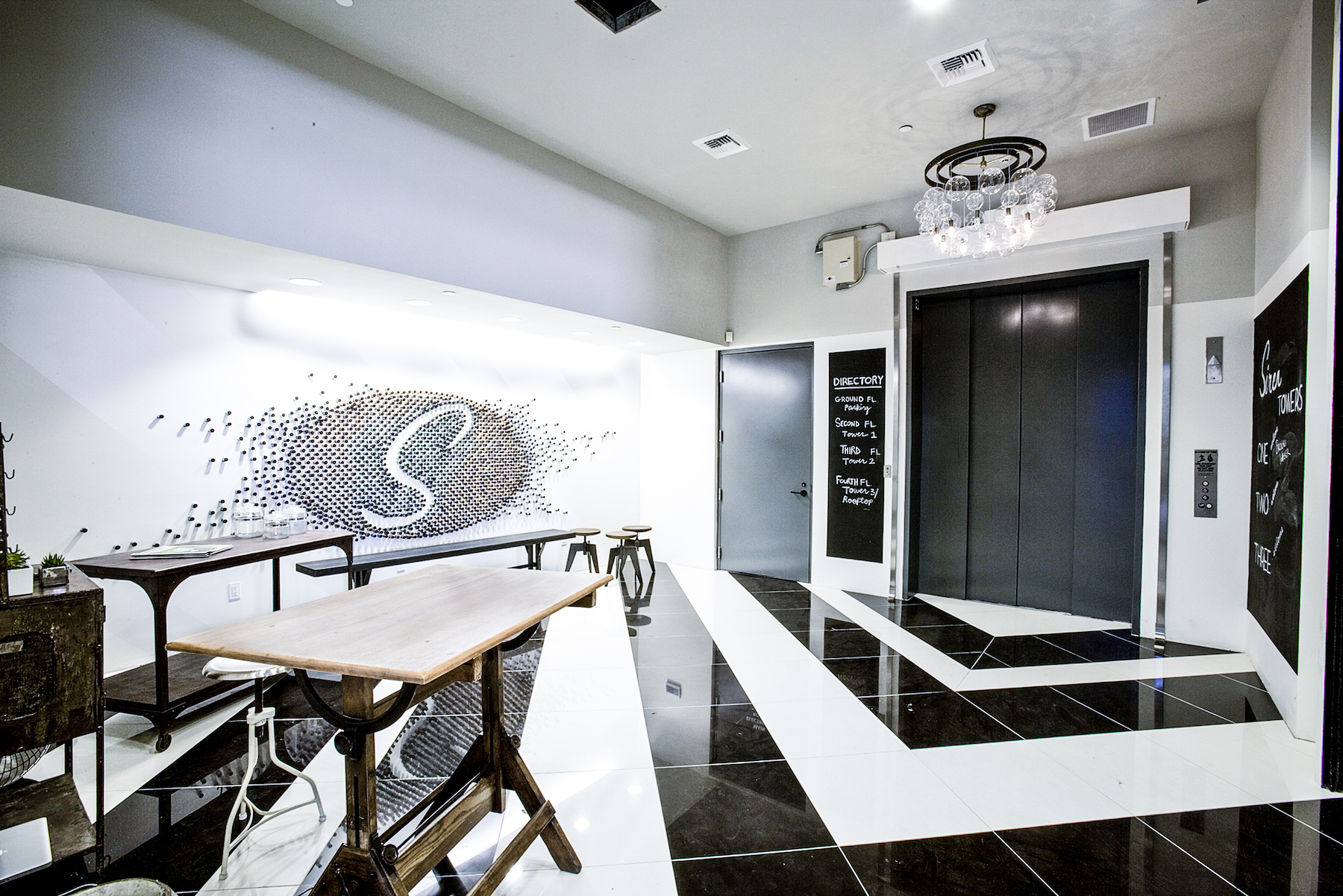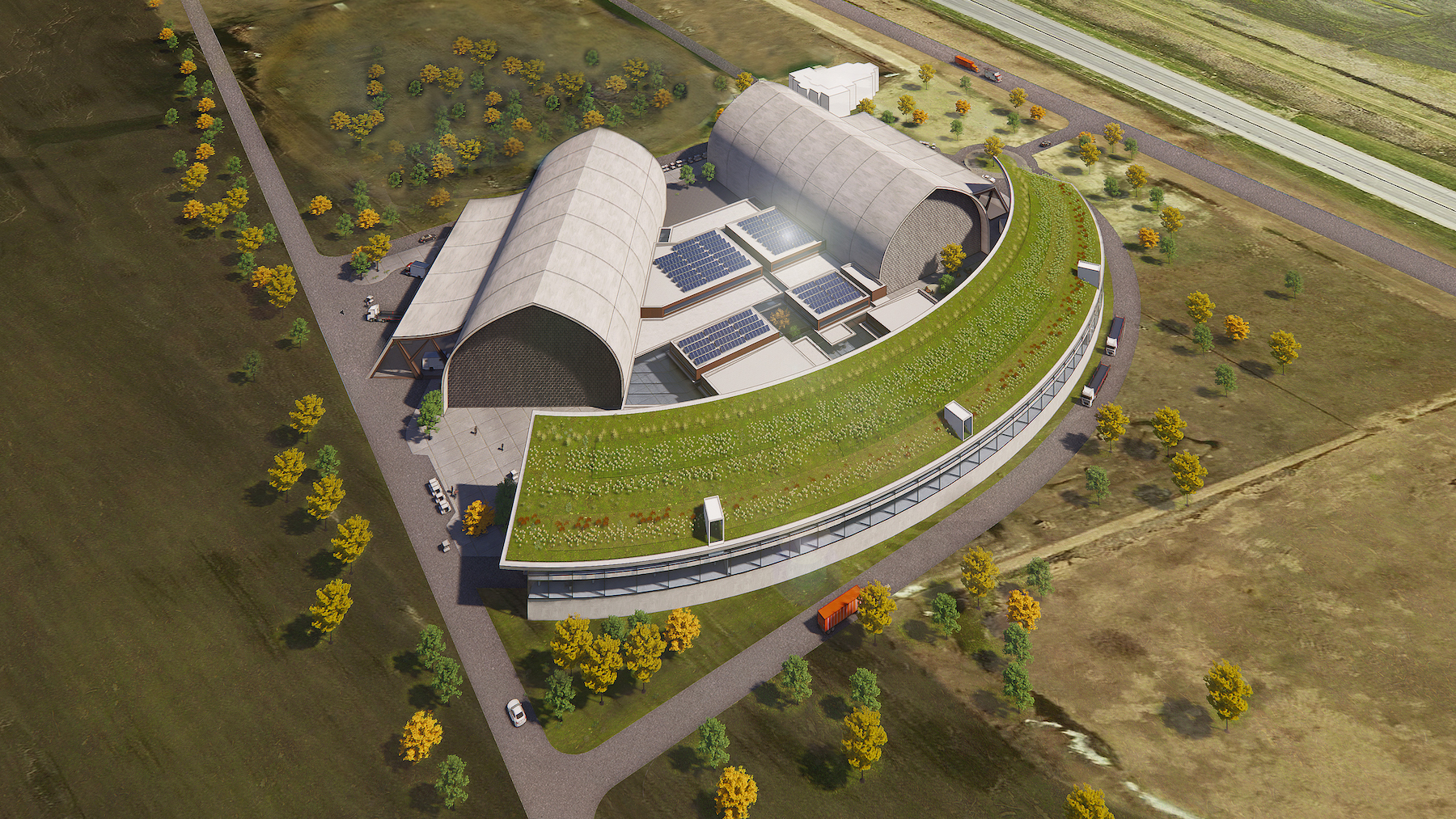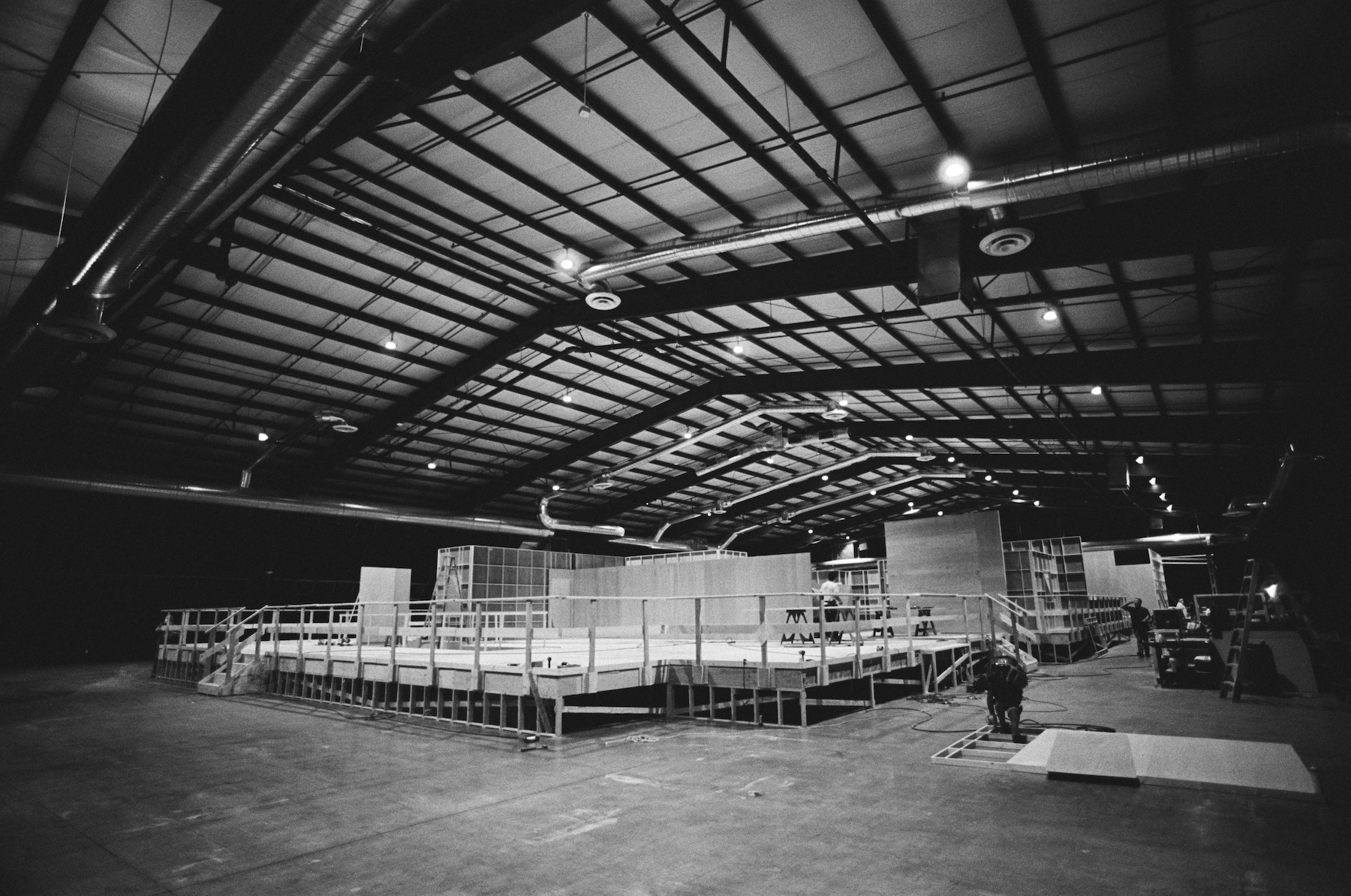In 2020, after the coronavirus pandemic hit, millions of people were stranded in their homes with little else to do outside of remote work than watch TV. That isolation created an unprecedented demand for new and original content, which in turn sparked a proliferation of streaming services that urgently needed more production space.
In 2020, there were about 12 million sf of sound stages in North America, according to CBRE estimates. And the utilization rate of that space, which three years earlier had stood at around 70 percent, was close to 100 percent, according to a Deloitte report that evaluated the Los Angeles, New York, and Toronto markets. The “high spend” on production was creating shortages and driving demand for new sound stages, stated Deloitte.
This void has inevitably attracted investment capital. In June 2020, Blackstone paid a reported $1.69 billion to acquire a 49 percent stake in Hudson Pacific Properties, which is active in sound stage acquisition, construction, and adaptive reuse. Last August, Blackstone and Hudson revealed plans to spend nearly $1 billion to build a film and TV studio campus in the United Kingdom.
Other development investors buzzing around this sector include Hackman Capital (which earlier this month acquired 130,000 sf of sound stage space from Raleigh Studios in Hollywood, and 182,000 sf of space on Sony Pictures’ animation campus); Quixote, Trammell Crow, Amazon Studios, and Square Mill Capital Management.
The race is now on to catch up with anticipated future production demand. The Hollywood Reporter published an article last month about the “boom” in building proposals, retrofits, and competition for longer-term leases. “I’ve never seen so much activity in my career,” Robert Hale, FAIA, Partner and Creative Director with the design collective RIOS, told the trade newspaper.
ARCHITECTS GETTING IN ON THE ACTION
RIOS is among the architecture and design firms that are capitalizing on this demand. Gensler has been working with Trilith Studios in Atlanta to expand its 700-acre film studio by 220,000 sf with spaces that include production workshops, smart sound stages, and a four-story creative office center that’s scheduled to open this spring.
Before the pandemic, construction accounted for 10 percent of Relativity Architects’ soundstage work; now, it represents 50 percent, confirms Tima Bell, Assoc. AIA, Principal with the Los Angeles-based firm, whom BD+C spoke with yesterday.
Bell, who grew up in L.A. (his father, Edward, was an actor and producer, and his stepmother was the actress and competitive swimmer Esther Williams), notes that studios in general had typically preferred to lease stages on a short-term basis, for as long as they needed the space to shoot a certain film. “Netflix changed everything,” he says of the streaming platform that has become a content production juggernaut. “In fact, Netflix needed space more than it needed content.”
Netflix started taking three-year leases, and quickly locked up soundstage spaces in Los Angeles, New York, and London. Other streaming platforms that subsequently came on the scene have followed suit. So while there are still stages available for leasing, their numbers are far fewer; hence, the demand for new construction.
“I’ve been in the business a long time, and content has never slowed; it has only expanded,” says Bell. Even if the amount of content produced was static, there wouldn’t be excess sound stage space for another five years. What Bell does foresee, though, is a shift in the way movies are made toward relying more on virtual sets via Extended Reality (XR) technology.
NEW BUILDS AND RENOS ABOUND

Bell says his firm’s sound stage clients run the gamut from Internet content providers, management companies, and capital investors. Production companies still would rather lease than own space, and sound stage clients only show interest after projects have secured a permit.
The “key ingredients” in designing and building studios, Bell explains, are clear floor space (i.e., no columns), ample ceiling height, and power. And because these buildings usually require a large real estate footprint, the sound stages are often located in industrial areas of cities. For example, last year Relativity was working with Capture Studios on a remodel of an existing theater in Studio City along the Los Angeles River. For that project, the Building Team removed an oversized mezzanine and opened up the second-floor ceiling. The team also redid the building’s façade.

Relativity is currently working on adaptive reuses of two cold-storage warehouses, one that will be 90,000 sf and the other 200,000 sf, of which 120,000 sf will be stages and the rest offices.
Bell adds that his company is in the early design stages of two ground-up studio campuses. Nondisclosure agreements prevented him from saying much more beyond that the projects range from 14 to 20 acres, and 12 to 18 stages in multiple buildings sized between 15,000 and 50,000 sf.
(On its website, Relativity Architects says it is designing a 210,000-sf studio campus in Canada that will have four production stages, post-production offices, screening rooms, and support and amenities spaces. Relativity is also engaged in a project for Ace + Mission Studios in Los Angeles that, when completed, will offer 604,494 sf of space that includes three soundstages and production offices.)

Bell says his firm is in design on other sound stage projects in New York, Atlanta, and Eastern Europe. He notes that outside of Los Angeles, the availability of tax credits plays a large role in where stages are being built.
Because it has been designing sound stages for several years, Relativity Architects has a track record that newcomers to this sub-sector do not, says Bell. “With only a couple of exceptions, most of the new entrants don’t have experience with this building type, which has circulation and technology requirements.”
Sound stages also open new creative portals for Relativity’s architects and designers who previously have worked on other building types like hospitality or housing.
Related Stories
| Nov 16, 2010
Architecture Billings Index: inquiries for new projects remain extremely high
The new projects inquiry index was 61.7, down slightly from a nearly three-year high mark of 62.3 in September, according to the Architecture Billings Index (ABI). However, the ABI dropped nearly two points in October; the October ABI score was 48.7, down from a reading of 50.4 the previous month. The ABI reflects the approximate nine to 12 month lag time between architecture billings and construction spending.
| Nov 16, 2010
Brazil Olympics spurring green construction
Brazil's green building industry will expand in the coming years, spurred by construction of low-impact venues being built for the 2016 Olympics. The International Olympic Committee requires arenas built for the 2016 games in Rio de Janeiro meet international standards for low-carbon emissions and energy efficiency. This has boosted local interest in developing real estate with lower environmental impact than existing buildings. The timing couldn’t be better: the Brazilian government is just beginning its long-term infrastructure expansion program.
| Nov 16, 2010
Green building market grows 50% in two years; Green Outlook 2011 report
The U.S. green building market is up 50% from 2008 to 2010—from $42 billion to $55 billion-$71 billion, according to McGraw-Hill Construction's Green Outlook 2011: Green Trends Driving Growth report. Today, a third of all new nonresidential construction is green; in five years, nonresidential green building activity is expected to triple, representing $120 billion to $145 billion in new construction.
| Nov 16, 2010
Calculating office building performance? Yep, there’s an app for that
123 Zero build is a free tool for calculating the performance of a market-ready carbon-neutral office building design. The app estimates the discounted payback for constructing a zero emissions office building in any U.S. location, including the investment needed for photovoltaics to offset annual carbon emissions, payback calculations, estimated first costs for a highly energy efficient building, photovoltaic costs, discount rates, and user-specified fuel escalation rates.
| Nov 16, 2010
CityCenter’s new Harmon Hotel targeted for demolition
MGM Resorts officials want to demolish the unopened 27-story Harmon Hotel—one of the main components of its brand new $8.5 billion CityCenter development in Las Vegas. In 2008, inspectors found structural work on the Harmon didn’t match building plans submitted to the county, with construction issues focused on improperly placed steel reinforcing bar. In January 2009, MGM scrapped the building’s 200 condo units on the upper floors and stopped the tower at 27 stories, focusing on the Harmon having just 400 hotel rooms. With the Lord Norman Foster-designed building mired in litigation, construction has since been halted on the interior, and the blue-glass tower is essentially a 27-story empty shell.
| Nov 16, 2010
Where can your firm beat the recession? Try any of these 10 places
Wondering where condos and rental apartments will be needed? Where companies are looking to rent office space? Where people will need hotel rooms, retail stores, and restaurants? Newsweek compiled a list of the 10 American cities best situated for economic recovery. The cities fall into three basic groups: Texas, the New Silicon Valleys, and the Heartland Honeys. Welcome to the recovery.
| Nov 16, 2010
Landscape architecture challenges Andrés Duany’s Congress for New Urbanism
Andrés Duany, founder of the Congress for the New Urbanism, adopted the ideas, vision, and values of the early 20th Century landscape architects/planners John Nolen and Frederick Law Olmsted, Jr., to launch a movement that led to more than 300 new towns, regional plans, and community revitalization project commissions for his firm. However, now that there’s a societal buyer’s remorse about New Urbanism, Duany is coming up against a movement that sees landscape architecture—not architecture—as the design medium more capable of organizing the city and enhancing the urban experience.
| Nov 16, 2010
Just for fun: Words that architects use
If you regularly use such words as juxtaposition, folly, truncated, and articulation, you may be an architect. Architects tend to use words rarely uttered during normal conversations. In fact, 62% of all the words that come out of an architects mouth could be replaced by a simpler and more widely known word, according to this “report.” Review this list of designer words, and once you manage to work them into daily conversation, you’re on your way to becoming a bonafide architect.
| Nov 16, 2010
NFRC approves technical procedures for attachment product ratings
The NFRC Board of Directors has approved technical procedures for the development of U-factor, solar heat gain coefficient (SHGC), and visible transmittance (VT) ratings for co-planar interior and exterior attachment products. The new procedures, approved by unanimous voice vote last week at NFRC’s Fall Membership Meeting in San Francisco, will add co-planar attachments such as blinds and shades to the group’s existing portfolio of windows, doors, skylights, curtain walls, and window film.







